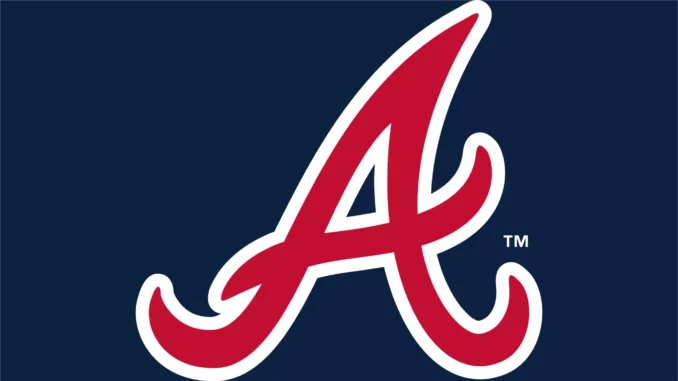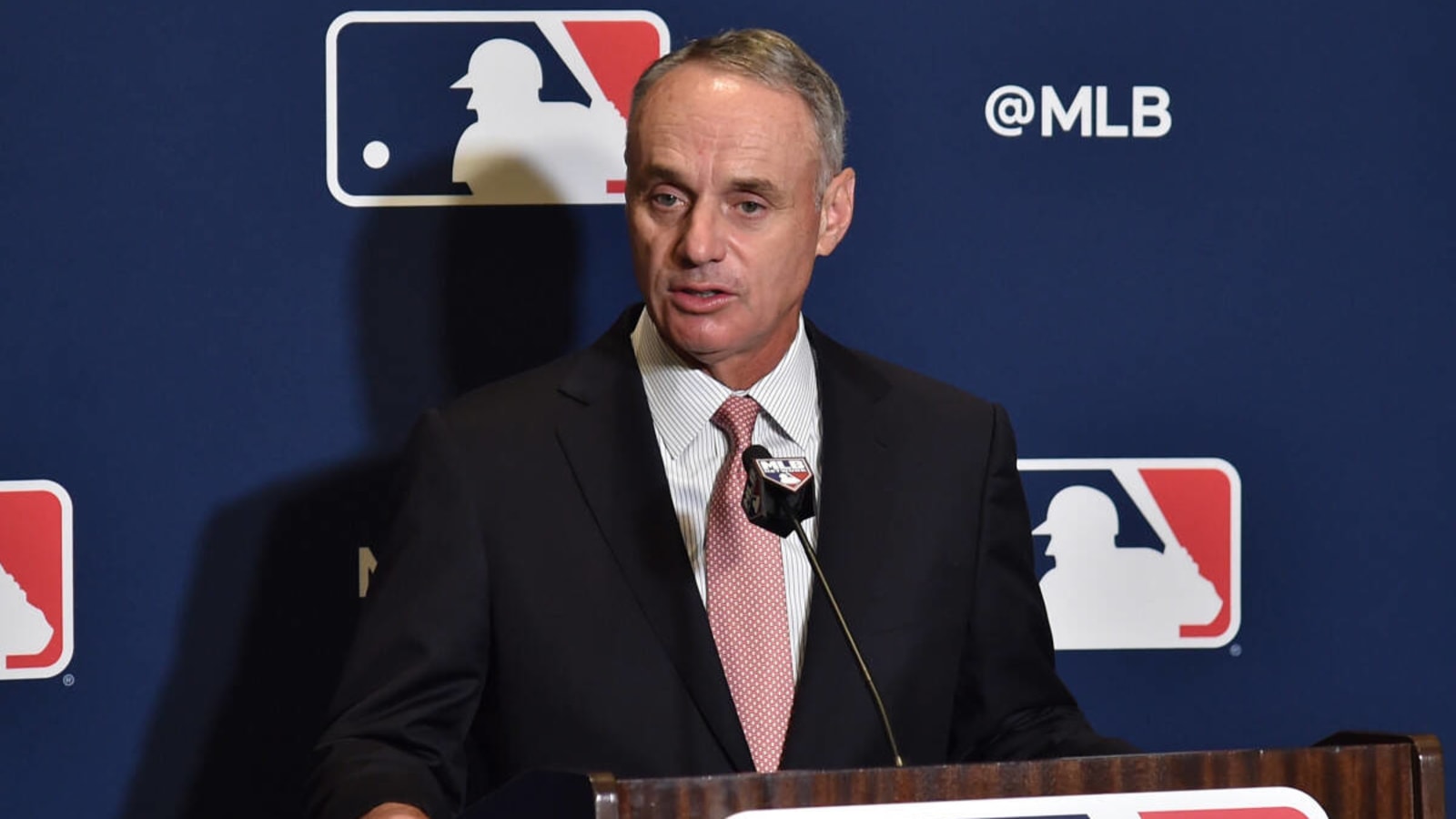
Braves officially assessed $3.2M luxury tax bill for 2023 season
Major League Baseball has formally declared the teams subject to a luxury tax assessment for the 2023 season. Both the quantity of teams making payments, which stands at eight, and the total assessed sum, reaching $209.8 million, represent new records.
Among the noteworthy mentions on the list are the three teams from the NL East, notably the New York Mets, who face a bill exceeding $100 million. This surpasses the previous record held by the Los Angeles Dodgers, who had a $43.6 million luxury tax bill based on their $291.1 million payroll in 2015.

| Team | Amount | Repeat Payor? |
|---|---|---|
| New York Mets | $100,781,932 | Yes (2nd year) |
| San Diego Padres | $39.7M | Yes (3rd year) |
| New York Yankees | $32.4M | Yes (2nd year) |
| Los Angeles Dodgers | $19.4M | Yes (3rd year) |
| Philadelphia Phillies | $6.98M | Yes (3rd year) |
| Toronto Blue Jays | $5.5M | No (1st year) |
| Atlanta Braves | $3.2M | No (1st year) |
| Texas Rangers | $1.8M | No (1st year) |
The Atlanta Braves find themselves contributing to the luxury tax for the first time in their history, owing to their unprecedented 2023 Competitive Balance Tax (CBT) payroll of $245.9 million according to Fangraphs. Anticipating an even more substantial expenditure in 2024, Atlanta’s projected CBT payroll is set at $269 million, pending arbitration awards.
Does Atlanta care about the luxury tax?
Certainly. The President of baseball operations, Alex Anthopoulos, informed us during the Winter Meetings that the front office is primarily concerned with the cash payroll in comparison to the tax payroll. While they keep track of the tax payroll to determine potential penalties, their main focus is on the actual cash amount. The Braves are required to submit payment to the commissioner’s office by January 21st.
As reported by MLB Trade Rumors, the $209.8 million in luxury tax penalties will be divided into three parts by the league. The initial $3.5 million is allocated to fund player group benefits. The following $103.15 million is directed towards individual player retirement accounts, as baseball players surprisingly have a 401K. The remaining $103.15 million is designated for a discretionary account intended for the commissioner’s distribution. This money is then distributed to recipients of revenue sharing who have experienced growth in local revenues (excluding any local broadcast/media deals) over the past few seasons.
Leave a Reply